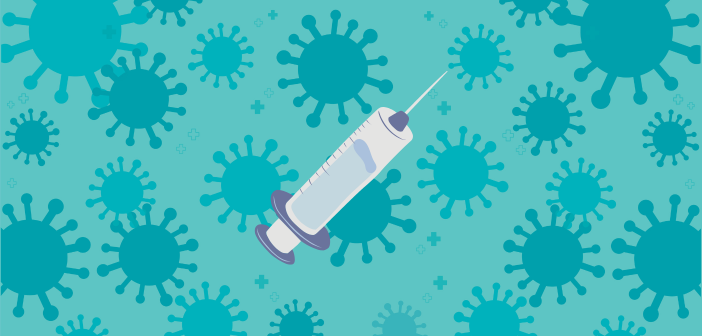How MIT’s single-injection vaccines could replace multiple doses

Single-injection vaccine technology using polyanhydride polymers can mimic multi-dose injections, potentially addressing global under-immunization challenges.
According to the Centers for Disease Control and Prevention (GA, USA), approximately 4 million deaths worldwide are prevented by childhood vaccination every year. Despite vaccination remaining the most effective and economical approach for infectious disease control, under-immunization is a significant global health challenge, with half of all under-immunized children failing to complete their required vaccinations. This public health challenge could be solved by reducing the need for multiple vaccinations, as patients often fail to complete multi-dose vaccine courses.
Recently published in Advanced Materials, researchers from the Massachusetts Institute of Technology (MIT; MA, USA) have developed an innovative vaccine delivery system, designed for single-injection self-boosting vaccines. The technology offers a promising solution to improve vaccination coverage worldwide by eliminating the need for separate vaccinations.
You may also be interested in:
- HHS and NIH introduce Generation Gold Standard, a universal vaccine platform
- 60-seconds with Francis Dessy & Ivo Sonderegger: Harmonization of vaccine ligand binding assays validation
- A collaborative breakthrough in vaccine LBA validation standards
The MIT researchers began by synthesizing and evaluating over 20 different polyanhydride polymers. The most promising polymer types were selected for further testing.
“The goal of this work was to advance the field by exploring new strategies to address key challenges, particularly those related to pH sensitivity and antigen degradation,” explained Ana Jaklenec, a Principal Investigator at Koch Institute for Integrative Cancer Research at MIT.
Compared with other vaccine-delivery particles synthesized from polymers like PLGA, which create acidic microenvironments during degradation that can damage vaccine components, polyanhydrides boast significant advantages because of their hydrophobic nature. The breakdown products exhibit minimal water solubility, generating a less acidic environment.
The single-injection system consists of the vaccine antigen being first encapsulated within cup-shaped particles built from selected polyanhydride polymers and then heat-sealed with polymer caps. The team tested their new vaccine-delivery particle in mice by using the diphtheria vaccine and designing the particles to deliver the vaccine 2 weeks after injection as well as immediately after initial injection.
They discovered that the single-injection system generated immune responses that matched those produced by traditional multiple doses. The team also enhanced the system’s precision by applying machine learning models to predict the release time of different polyanhydride polymers. While the team has successfully tested the release of two doses – one immediately released and one 2-week delayed release – the system could potentially achieve delayed-release of the payload over 1 month or even years.
Looking ahead, the team will explore the application of polyanhydride polymers across a broader spectrum of vaccines. This new system also holds promise for various therapeutic compounds.
“This technology has broad potential for single-injection vaccines, but it could also be adapted to deliver small molecules or other biologics that require durability or multiple doses. Additionally, it can accommodate drugs with pH sensitivities,” explained Jaklenec.
